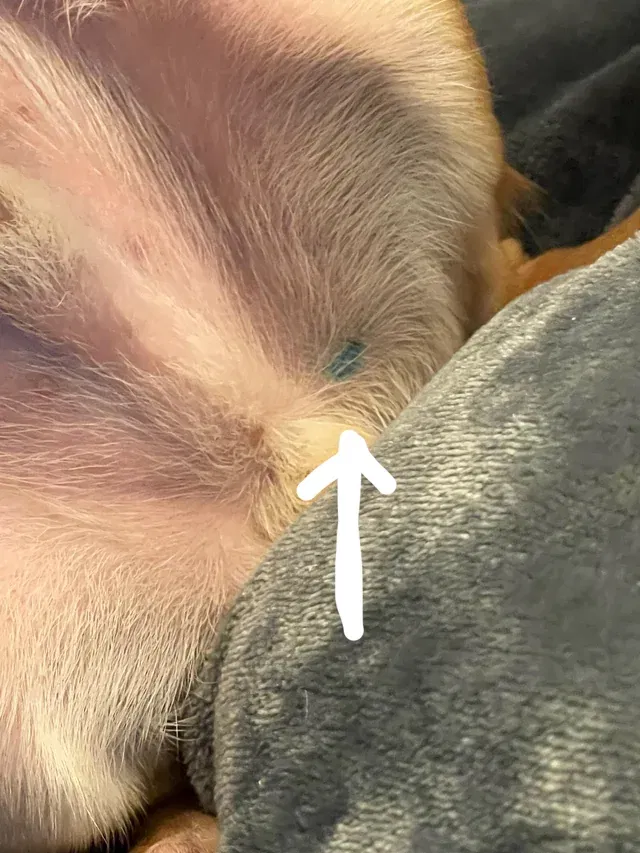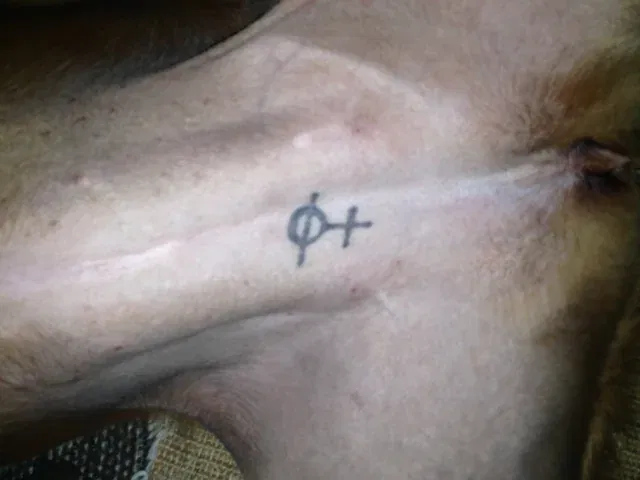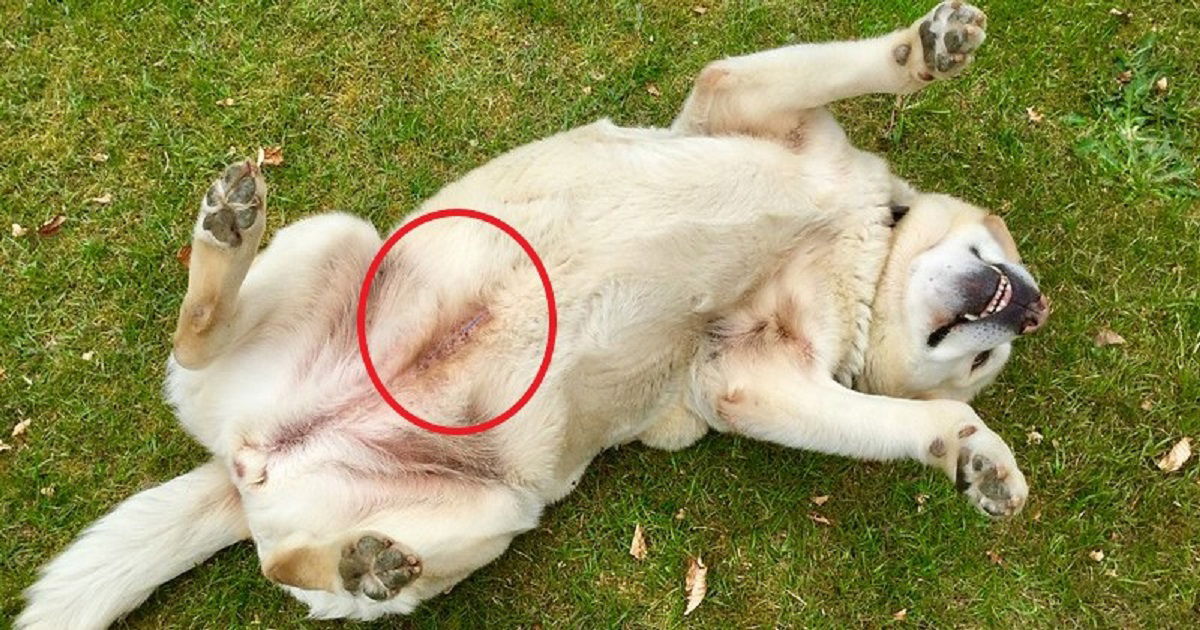
Coming Home to a Mystery: The Unexpected Tattoo on My Dog
After two long weeks away on a work trip, all I wanted was to be reunited with my dog—the furry best friend I missed more than anything. She’d been staying at a trusted 24/7 daycare facility, and I was counting down the minutes to wrap her in a big hug and get back to our normal routine.
But when I finally picked her up, something caught my eye. As I ran my hand over her belly, I noticed a small, unfamiliar mark. A blue tattoo, right on her stomach.
At first, I thought it might be a stain or some leftover dye from playtime. But no—it was permanent. Clear, deliberate, and completely unexpected.
I was stunned.
Where had it come from? Why hadn’t anyone mentioned it? Was it safe? What did it mean?
What Pet Tattoos Really Mean: Common Practices You Should Know
While it might seem strange, tattoos on pets—especially dogs and cats—are actually more common than many people realize. They’re not decorative or cosmetic; they usually serve a very specific purpose.
Before microchipping became the standard, tattooing was a popular form of permanent identification. Veterinarians or shelters would tattoo a small code or symbol, often in the ear, inner thigh, or belly, to identify the pet or indicate certain medical statuses.
In most cases, a small tattoo on a female dog’s abdomen is a sign that she’s been spayed. It’s a quick visual indicator for vets and shelters, helping prevent unnecessary surgery in the future.
What to Do If You Find a Tattoo on Your Pet
If you discover a tattoo on your pet and weren’t informed about it:
-
Call your vet: They can help confirm what the tattoo means.
-
Contact the daycare: Ask if any procedures were performed or if they noticed the tattoo earlier.
-
Check adoption or vet records: If your dog was adopted or rehomed, the tattoo may have been added during a previous medical visit.
Although it can be startling, in most cases, these tattoos are harmless and simply part of your pet’s medical history.
Still, it’s important to get clarity—especially if you were never told about it in the first place.



